Can someone help me to explain why LED have better response time when compare with other light source (ex:fluorescent lightbulb). Because their structure or anything else? Thanks everyone so much.
2 Answers
The difference is, light emission from incandescent and fluorescent light bulbs is a secondary effect, light emission from LED's is a primary effect.
Obviously incandescent bulbs the light is caused by the heating of the filament to white hot temperatures. Fluorescent bulbs you are exciting a gas and the phosphor inside the tube to generate light.
In LEDs light is emitted directly from the semiconductor by quantum effects in the material itself in direct relation to the applied current. As holes and electrons combine the electrons transition between valance layers in the atoms. This directly releases photons of light.

As such, LEDs themselves, have virtually zero "warm up" time. Their turn off time is likewise short.
Having said that, many retail LED lamps and lamp drivers have a significant start delay. This is however, not due to the LEDs, but rather is part of the design of the driver.
- 46,364
- 8
- 68
- 151
-
1I have a number of led lights (led ceiling lights and led light bulbs). How fast it turns on depends on the driver. The driver is getting smaller in the last few years. Some allow to be dimmed and some not. They have no visible delay to turn on, except for one. That one was (too) cheap and I should not have bought it. – Jot Oct 14 '17 at 16:27
-
@jot, yes I bought an LED strip light for my garage. Though I love the light it gives out, I cringe at the cost every time I turn it on and wait half a second for it to fire up. If I turn it off then right back on it stays off for like five seconds..... :( – Trevor_G Oct 14 '17 at 16:38
-
1An LED does still have [some latency.](https://electronics.stackexchange.com/a/86720/148363) – Jeroen3 Oct 14 '17 at 20:35
-
@Jeroen3 yup, that's why I said virtually, and compared to other light sources, response time is negligible for all non fluorescent types. – Trevor_G Oct 14 '17 at 20:37
The LED light generation is not a thermal effect as in a light bulb but is a semiconductor effect and so it is near instantaneous switch-on.
LEDs
Figure 1. Note the semiconductor die embedded in the LED.
A light-emitting diode (LED) is a two-lead semiconductor light source. It is a p–n junction diode that emits light when activated. When a suitable voltage is applied to the leads, electrons are able to recombine with electron holes within the device, releasing energy in the form of photons. This effect is called electroluminescence, and the color of the light (corresponding to the energy of the photon) is determined by the energy band gap of the semiconductor. LEDs are typically small (less than 1 mm²) and integrated optical components may be used to shape the radiation pattern. Source: Wikipedia.
Note that some LEDs use fluorescent materials in the plastic lens around the LED chip. These convert light of one wavelength - typically blue - into other wavelengths to give a good mix of colours in the resultant light. The response time of the fluorescent dies gives a slight delay on turn-on and turn off. The LED may glow for a fraction of a second after power is removed.
Bulbs
- Light bulbs are resistors designed to glow white-hot when connected to the rated voltage. They can heat up to 2,500°C.
- They behave like resistors. But like most metallic resistors the resistance increases with temperature. (This means that the temperature coefficient of resistance is positive – a PTC.)
- When cold the resistance is much lower than running temperature so the initial surge current can be 15 times that of the steady state current. For example, a 100-watt, 120-volt lamp has a resistance of 144 Ω when lit, but the cold resistance is much lower (about 9.5 Ω). This is why incandescent bulbs are prone to blow on switch-on. A weakened filament will burn out with the high inrush current.
Figure 2. Spectral power distribution of a 25 W incandescent light bulb. out with the high inrush current.
Fluorescent
Fluorescent light bulbs work by exciting a mercury gas to give off UV light. This light then hits the fluorescent coating on the inside of the tube or bulb. The fluorescent coating then "fluoresces" giving off visible light. The time delay is a result of having to heat the gas and strike it.
Figure 3. The fluorescent light circuit. Source: Edison Tech Center.
The link above is worth a read.
- 168,990
- 12
- 186
- 385


